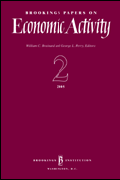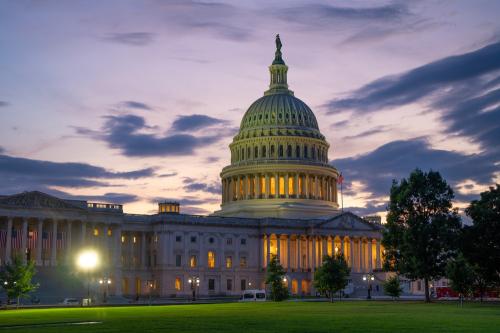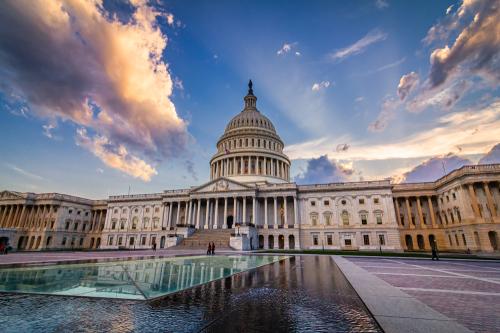Studies in this week’s Hutchins Roundup find that real after-tax interest rates are not unusually low, import prices exacerbate inequality, and more.
Want to receive the Hutchins Roundup as an email? Sign up here to get it in your inbox every Thursday.
Real after-tax interest rates are not unusually low
The perception that interest rates have been unusually low is pervasive. However, Daniel Feenberg of the National Bureau of Economic Research and Clinton Tepper and Ivo Welch of UCLA note that existing research on interest rates ignore tax policies, which matter when assessing whether rates are low or high. Because investors must pay taxes on nominal (that is, before inflation) interest returns, changing tax policies affect the level of real returns. The authors adjust real interest rates from 1950-2016 to account for federal taxes policies and inflation, and show that real interest rates post-crisis have not been unusually low. Long-term Treasury bonds have been no less attractive for taxable investors in 2016 (with a 1.0 percent post-tax real return) than they were in 2006 (0.5 percent), 1976 (–1.7 percent), 1966 (0.9 percent), and 1956 (0.8 percent), they find.
Import prices exacerbate inequality
Using supplier-level trade data and information on consumer buying patterns from the Consumer Expenditure Survey, Colin J. Hottman and Ryan Monarch of the Federal Reserve Board examine how changes in import prices from 1998 to 2014 affected the cost of living of different income groups in the United States. They find that the goods consumed by lower-income households experienced the highest inflation, and goods consumed by higher-income households the least, suggesting that imports are exacerbating inequality. For example, the lowest income decile experienced import price inflation of about 24 percent from 1998 to 2014, or about 1.3 percent per year, while the ninth income decile saw import price inflation of only 15 percent over that time period, or about 0.9 percent per year.
Inflation targeting reduces the variance in professional inflation forecasts, but only in countries with initially low transparency levels
How effective are central bank transparency and inflation targeting at anchoring inflation expectations? Using survey data from professional forecasters spanning 44 countries from 1989 to 2016, Steve Brito, Yan Carriere-Swallow, and Bertrand Gruss of the IMF find that increased central bank transparency and the adoption of inflation targeting regimes reduces disagreement in inflation forecasts—but only in developing countries. Further, the benefits of adopting inflation targeting are entirely explained by the increased transparency they bring; adopting inflation targeting without increases in transparency has no effect on forecast disagreement. The fact that developing countries tend to adopt inflation targeting from a much lower initial level of central bank transparency may explain why they benefit more from it than advanced economies do, the authors conclude.
Chart of the week: Average home prices for large cities are back to 2007 levels

Quote of the week:
Question: Are changes in technology yielding structurally lower inflation? “[I]t’s unusual for me to talk to a business leader who tells me that he or she has pricing power in their business, including some that told me they had pricing power two years ago. And they don’t have pricing power now,” says Robert Kaplan, president of the Federal Reserve Bank of Dallas.
“So the way they’re dealing with it is they’re saying we’ve got to invest more in technology to be more efficient, to maintain margins. And the second way they’re dealing with it is merger activity. And this is why, in my opinion, you’re seeing the record level of merger activity. It’s not an accident. It’s companies are looking for more scale in order to maintain margins, to absorb lots of overhead costs, but particularly to absorb the scale of spending they need to put into technology. And so the impact is, yes, it is having a negative impact on pricing power. And consumers are getting more and more and more sophisticated.”
The Brookings Institution is committed to quality, independence, and impact.
We are supported by a diverse array of funders. In line with our values and policies, each Brookings publication represents the sole views of its author(s).










Commentary
Hutchins Roundup: Questioning low interest rates, import prices and inequality, and more
February 1, 2018